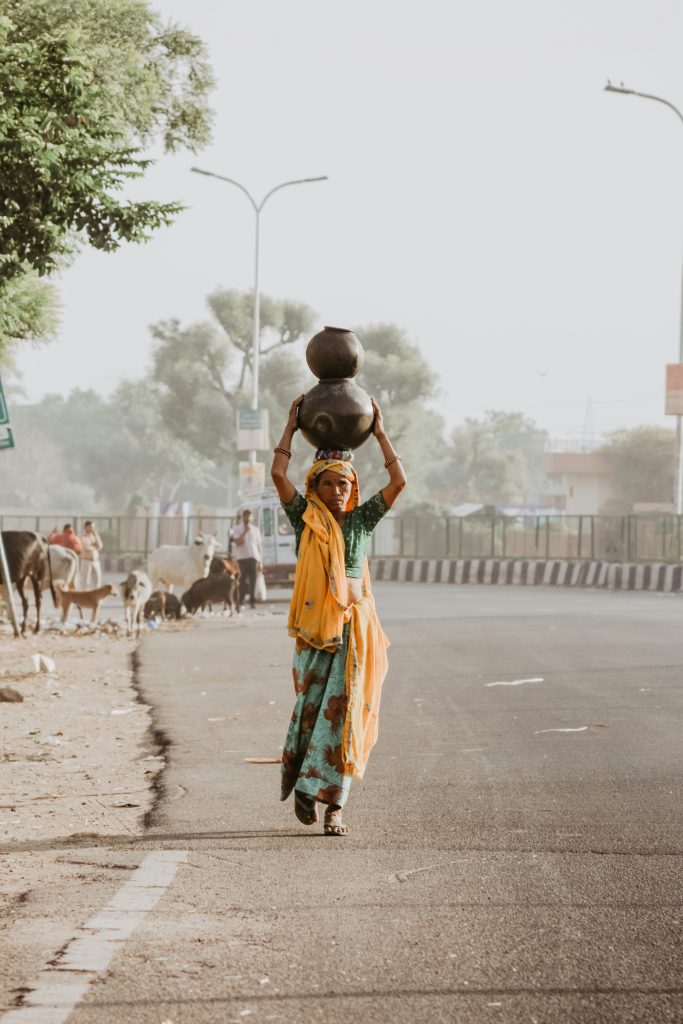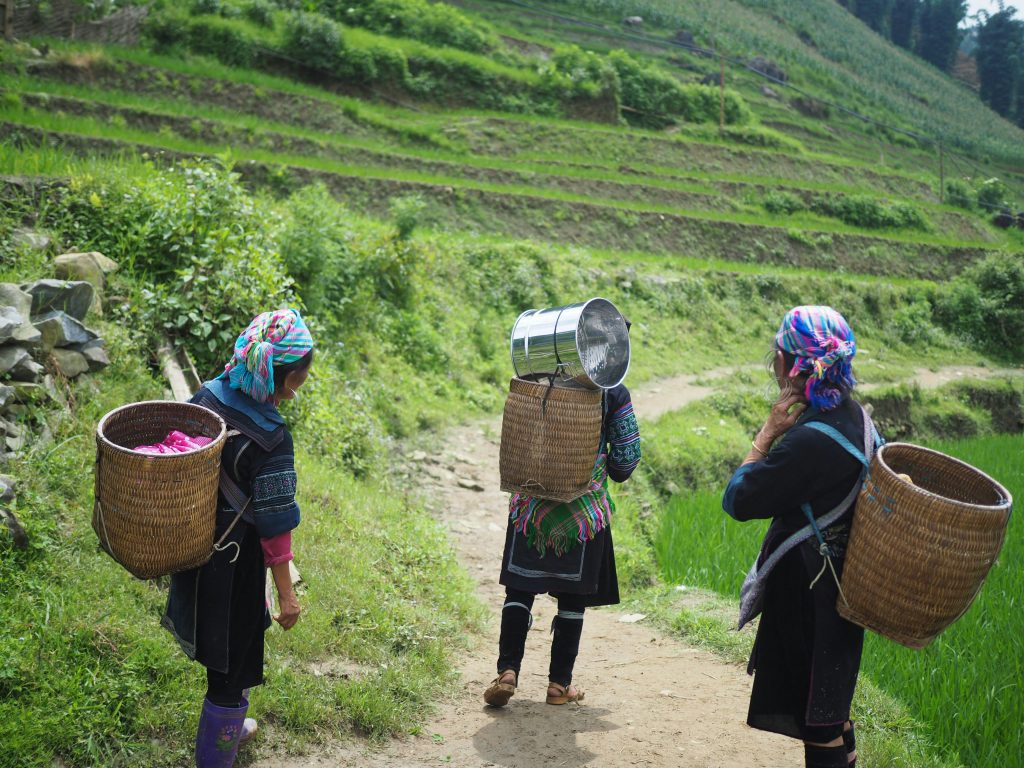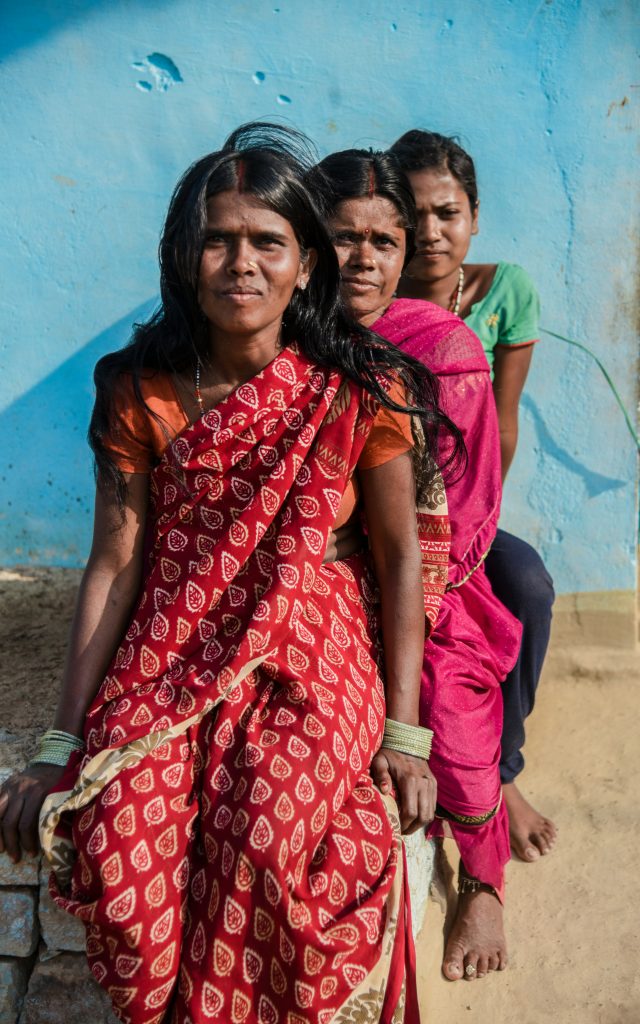Menstrual health: a crucial health and human rights issue

Promoting and safeguarding Menstrual Health and Hygiene (MHH) to ensure that the needs of women, girls and other people who menstruate are met is essential for their well-being and empowerment. Poor MHH undermines fundamental rights and exacerbates social and economic inequalities, negatively impacting their education, health, safety and overall human development. Therefore, international organizations like the World Health Organization (WHO) and UNFPA are calling for MHH to be recognized, framed and addressed as a health and human rights issue with physical, psychological and social dimensions, rather than a hygiene issue.
With this in mind, May 28 marks Menstrual Hygiene Day, a day to raise awareness of the 500 million people around the world who lack access to menstrual products, menstrual education and adequate facilities for menstrual health — a number expected to increase as the climate crisis intensifies. It is an opportunity for all, from policymakers to civil society organizations to youth activists, to come together and take action for a #PeriodFriendlyWorld.
Having just returned from CanWaCH’s Healthy World Conference: Dialogues on Health, Gender & Climate Resilience, where many sessions highlighted the impact of climate change and climate-related disasters on the health of women and girls, including their sexual and reproductive health, we decided to center this piece on how climate change emerges as a central concern for MHH.
Navigating challenges around menstrual health

To effectively manage their menstruation, women, girls and other people who menstruate require access to adequate water, sanitation and hygiene (WASH) facilities along with affordable and appropriate menstrual hygiene products.
However, millions have to manage their period without access to running water, private washing facilities and disposal infrastructures, and often have to use unsanitary and dysfunctional toilets. Without adequate menstrual hygiene products, they might be forced to reuse the same menstrual pads or tampons or use them for longer periods, which can lead to health issues such as urinary tract infections or toxic shock syndrome, as well as impacting their self-esteem and mental health. As a consequence, many women and girls worldwide are left with no choice but to remain home during menstruation, missing out on crucial opportunities to go to school, work and take control of their lives.
In addition, the lack of access to information and menstrual health education, the spread of dangerous misinformation, as well as entrenched cultural taboos and stigmas exacerbate the situation. This fosters unhygienic and unhealthy menstrual practices and creates misconceptions and negative attitudes, which can contribute to shaming, bullying and even gender-based violence.
The intersection of climate change and menstrual health

In regions vulnerable to climate change, where climate-related disasters such as droughts, floods and extreme storms occur, menstrual health should be prioritized. As the UNFPA Regional Director for Asia and the Pacific shares, “From the flooded fields of Pakistan to the cyclone ravaged islands of Vanuatu, women struggle to manage their menstruation safely, comfortably and with dignity.”
First, climate change impacts access to water. When water is scarce due to higher temperatures or droughts, women and girls may not be able to meet their basic needs for water and personal hygiene. When extreme weather events such as floods damage water and health infrastructures, it becomes difficult for women and girls to access clean water and sanitation facilities. They may have to travel farther to find somewhere to manage their periods, which increases their risk of experiencing violence and harassment. Additionally, the lack of access to basic menstrual supplies in these situations can lead to a range of health problems, including urinary and reproductive tract infections and the risk of toxic shock syndrome.
Climate change can force populations to migrate and live in shelters or inadequate housing, making managing menstrual hygiene particularly challenging. For example, in rural Pakistan, recurrent disasters are displacing populations, and the lack of WASH infrastructure, waste disposal system or women-friendly spaces in disaster-relief camps are key barriers to MHH. During displacement, menstrual supplies may be forgotten and unavailable in shelters, and women may resort to using unhygienic alternatives, which increases the risk of health complications.
The climate crisis also often causes a hunger crisis and associated financial struggles, which, for some women and girls, means that they cannot afford sanitary pads.
However, despite increased risks and needs, menstrual health is too often not taken into account in disaster response efforts. More needs to be done to help communities prepare for and cope with climate disasters regarding MHH.
Looking forward

Women and girls deserve to live in supportive environments with adequate WASH infrastructure where they can manage their periods without shame or stigma. When women and girls can manage their menstrual needs, they can go to school for longer, participate in the workforce and be active participants in their communities. Therefore, it is essential to ensure that MHH is integrated into programs.
Components of such programs should include comprehensive menstrual health education and work with communities to address cultural beliefs and harmful practices. In schools, health care facilities and other settings, WASH facilities need to be rehabilitated and adapted to enable inclusive menstrual hygiene practices, as seen in WaterAid’s HerWash program for example.
As the climate crisis intensifies, it is essential to strengthen infrastructures to cope with the impacts of climate-related emergencies on sexual and reproductive health and rights, including menstrual health. Vulnerable areas need climate-resilient WASH facilities, using technologies and measures that take into account the changing climate realities. In addition, investments in MHH and work with the communities have to start even before climate-related crises hit, from planning for access and distribution of menstrual supplies, to efforts to destigmatize menstruation, addressing harmful social norms and informing communities about MHH.
It is also important to ensure that disaster response efforts include a comprehensive response to MHH needs, such as delivering dignity kits tailored to the needs and challenges of women and girls, which can include disposable or reusable menstrual pads, underwear or soap, providing toilets and other facilities, disposal management facilities and more.